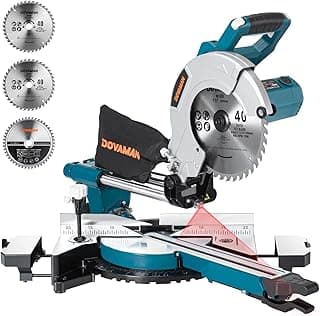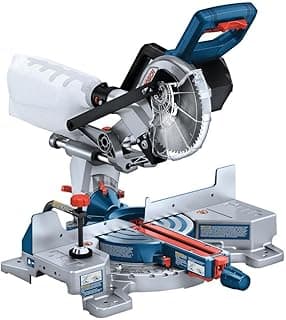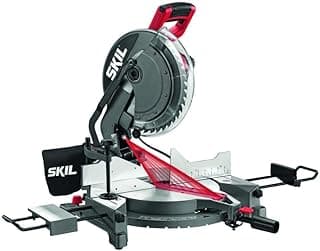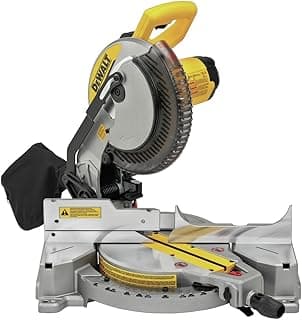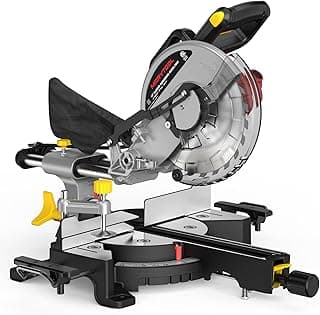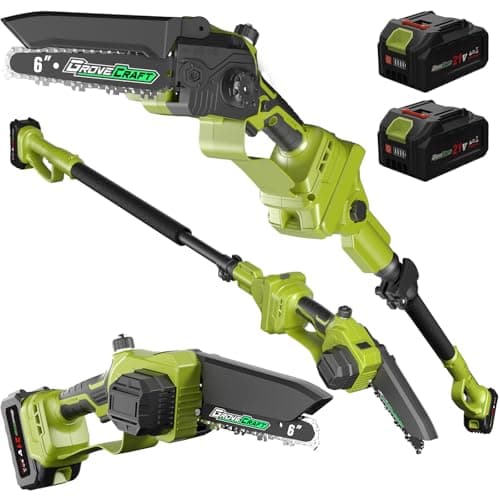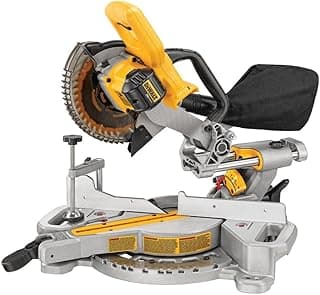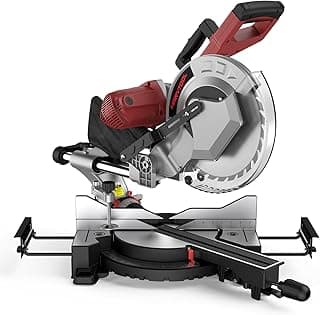Looking for the best band saws for woodworking in 2025? You’re in the right place. A band saw is one of the most versatile tools in any workshop, allowing woodworkers to cut curves, resaw boards, and handle intricate details with precision. But here’s the challenge: not every model delivers the same performance, and choosing the right one can feel overwhelming. That’s why we’ve done the research for you. In this guide, we’ll break down the features that matter most, from power and cutting capacity to stability and ease of use. Curious about the best portable band saw for jobsite flexibility? Or wondering which option stands out as the best band saw overall? Keep reading—you’ll discover expert recommendations that fit every skill level and budget.
Top pick
Best Heavy-Duty: Powermatic 15-Inch Woodworking Bandsaw
The Powermatic PM1500 is a professional-grade bandsaw designed for serious woodworking projects. With a robust 3-horsepower motor, carbon steel blade, and a tall frame, it handles resawing and large cuts with ease. Its cast iron and alloy steel construction provide stability, while features like a built-in brake and toolless adjustments add both safety and convenience.
From a customer and expert perspective, the machine is praised for its smooth, accurate performance and durability, though its weight and 230-volt power requirement may limit portability and accessibility.
Overall, this bandsaw delivers excellent performance and long-term reliability, making it a strong investment for woodworkers who need precision and power in a stationary machine.
Best Precision: JET 15-Inch Woodworking Bandsaw, 1-3/4 HP
The Jet JWBS-15 is a mid-range bandsaw engineered for accuracy and ease of use in woodworking. It features a 1.75-horsepower motor, a steel blade, and a cast iron trunnion that enhances stability during cuts. With a micro-adjustable fence system and toolless blade guides, setup and adjustments are straightforward, allowing for precise results without slowing down workflow. Operating at 3100 feet per minute, it balances speed and control effectively.
From both customer and expert viewpoints, this model is valued for its smooth, quiet operation and dependable performance on a wide range of projects. However, its lower horsepower compared to larger industrial models limits its capacity for very heavy-duty resawing.
Overall, the Jet JWBS-15 offers excellent precision and usability, making it a reliable choice for serious hobbyists and small professional shops seeking accuracy and consistent performance.
Best Power: Grizzly Industrial G0513X2BF - 17" 2 HP Extreme
The Grizzly G0513X2BF is a robust bandsaw built for demanding woodworking applications. Powered by a 2200-watt motor and running at 3500 RPM, it delivers impressive cutting power for thick stock and resawing projects. The 24-tooth steel blade, combined with a wide 45-degree cutting angle, ensures versatility across a variety of tasks. A built-in brake enhances safety, while its sturdy metal and cast construction provides long-term stability.
From the perspective of both customers and experts, the machine earns praise for its power, speed, and dependable performance. However, its substantial weight and relatively short one-year warranty may be seen as limitations compared to competitors in the same category.
Overall, the Grizzly G0513X2BF stands out as a high-performance option that excels in heavy-duty cutting, offering significant value for woodworkers who prioritize raw power and consistent results.
FAQs
What size bandsaw is best for woodworking?
The ideal size of a bandsaw depends on the type of woodworking projects you plan to tackle. For general home workshops, a 14-inch bandsaw is considered the most versatile choice. It provides enough throat capacity and resaw height for most furniture projects, cutting curves, and handling hardwoods. Smaller benchtop models around 9 to 10 inches are good for light tasks, but they may feel limiting for larger boards. On the other hand, professional shops often prefer 18-inch or larger models for heavy-duty cutting and production work.
What is the 3-tooth rule for bandsaw blades?
The 3-tooth rule is a simple guideline to help you select the right blade for the material you’re cutting. It states that at least three teeth of the blade should be in contact with the workpiece at any given time. This balance ensures smoother cuts and prevents the blade from snagging or breaking. If the teeth are too coarse for thin stock, the cut may be rough and unsafe. Conversely, using an overly fine-toothed blade on thick wood can slow down cutting and overheat the blade.
How do I choose the right bandsaw?
Choosing the right bandsaw comes down to matching the tool’s capabilities with your woodworking needs. First, consider the throat size and resaw capacity, as these determine the maximum board width and thickness you can cut. Next, look at motor power—1 horsepower or more is recommended for serious hardwood cutting. Features like a sturdy fence, easy blade tension adjustments, and dust collection ports also make a big difference in usability. Lastly, balance your decision between portability and stability: a benchtop model saves space, while a floor-standing model offers greater performance and durability.
What are the top 5 uses for a band saw?
A bandsaw is one of the most versatile tools in any woodworking shop. Its top five uses include:
-
Resawing lumber – cutting boards into thinner slabs or bookmatching panels.
-
Cutting curves – creating smooth, intricate shapes that would be difficult with other saws.
-
Ripping wood – making straight cuts along the grain, especially with wide boards.
-
Crosscutting – trimming boards to length with precision.
-
Cutting irregular materials – working with round stock, veneers, or even non-wood materials like plastic and aluminum.
Together, these applications make the bandsaw a cornerstone tool for both hobbyists and professional woodworkers.
Conclusion
Finding the best band saws for woodworking comes down to matching the tool with your skill level, workspace, and project demands. A well-chosen bandsaw not only handles resawing and curve cutting with ease but also expands what you can create in your shop. From compact models suited for hobbyists to heavy-duty floor-standing saws built for professional use, there is a wide range of options to fit different needs. By focusing on features like throat size, resaw capacity, and motor strength, woodworkers can invest in a saw that delivers precision, efficiency, and long-term reliability. Ultimately, the right bandsaw is more than just a cutting tool—it is a cornerstone for craftsmanship and creativity in woodworking.














